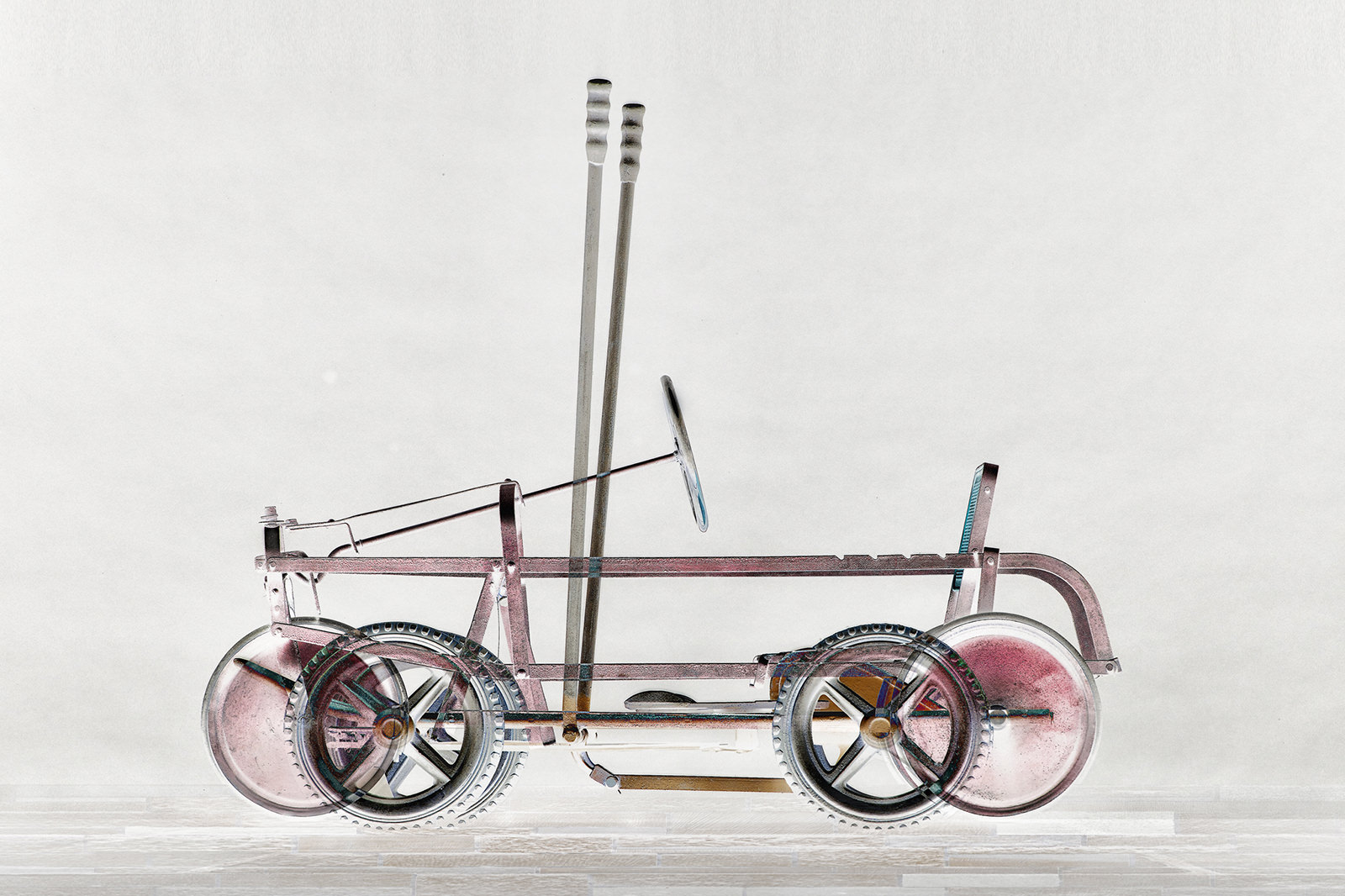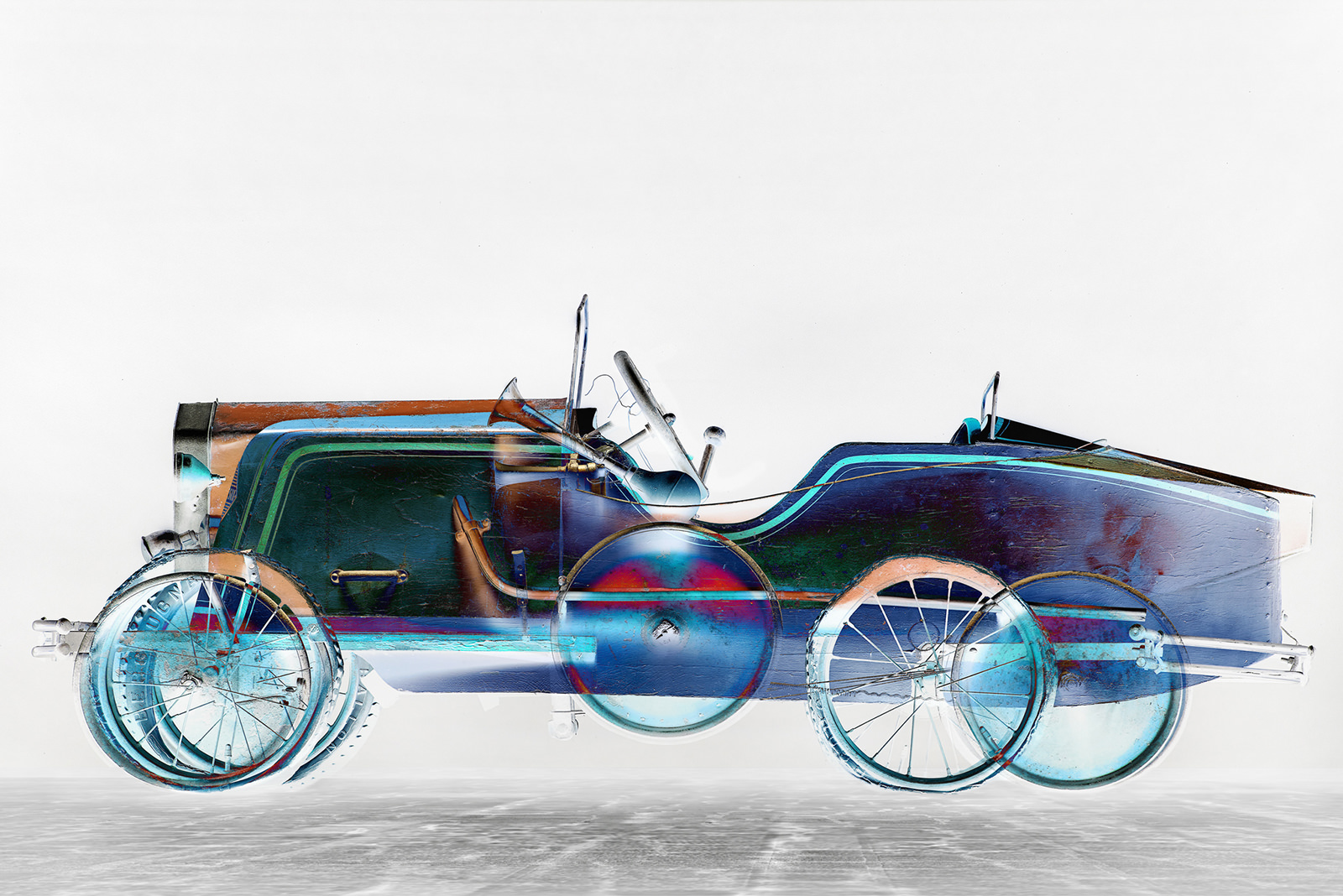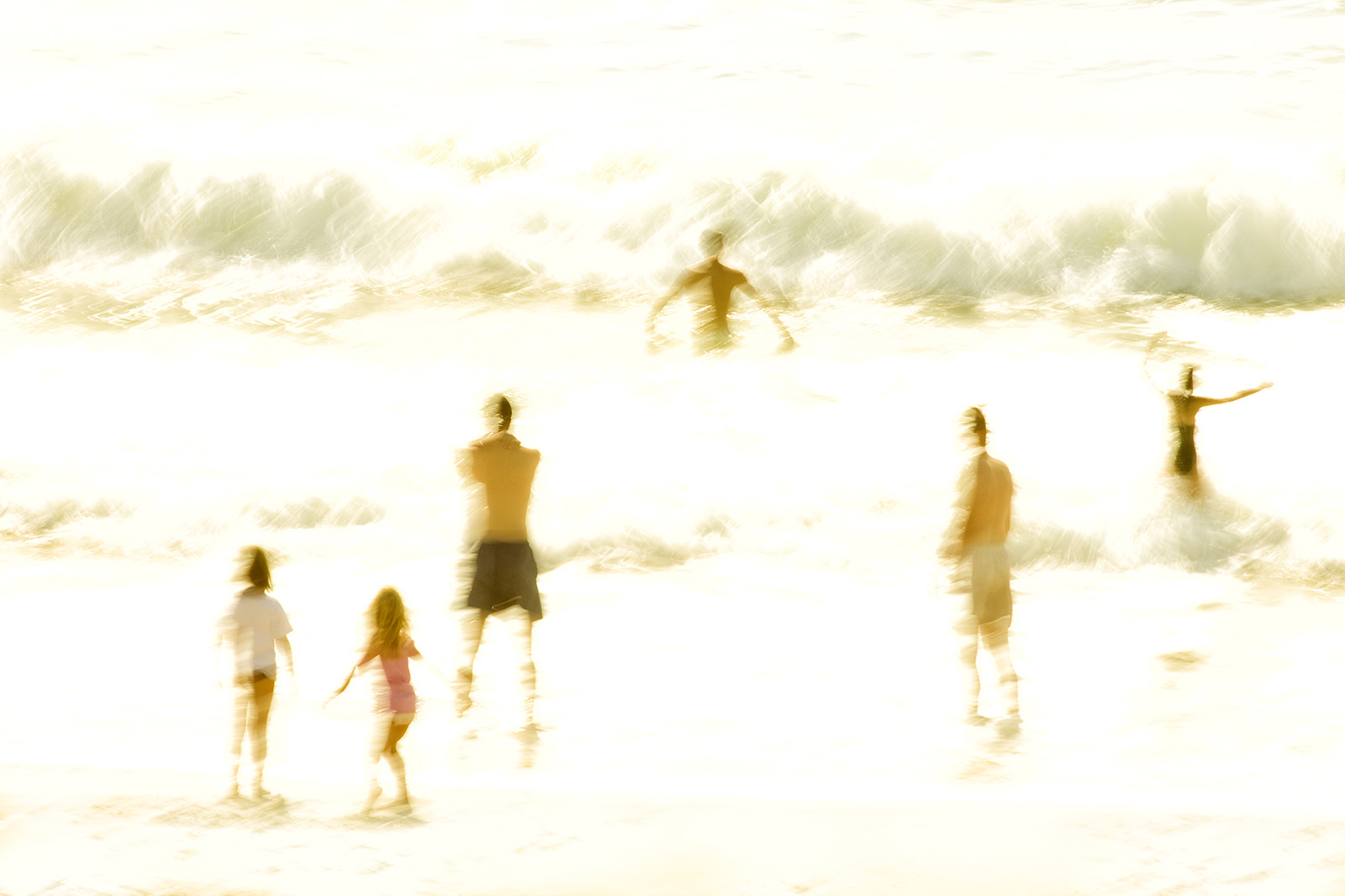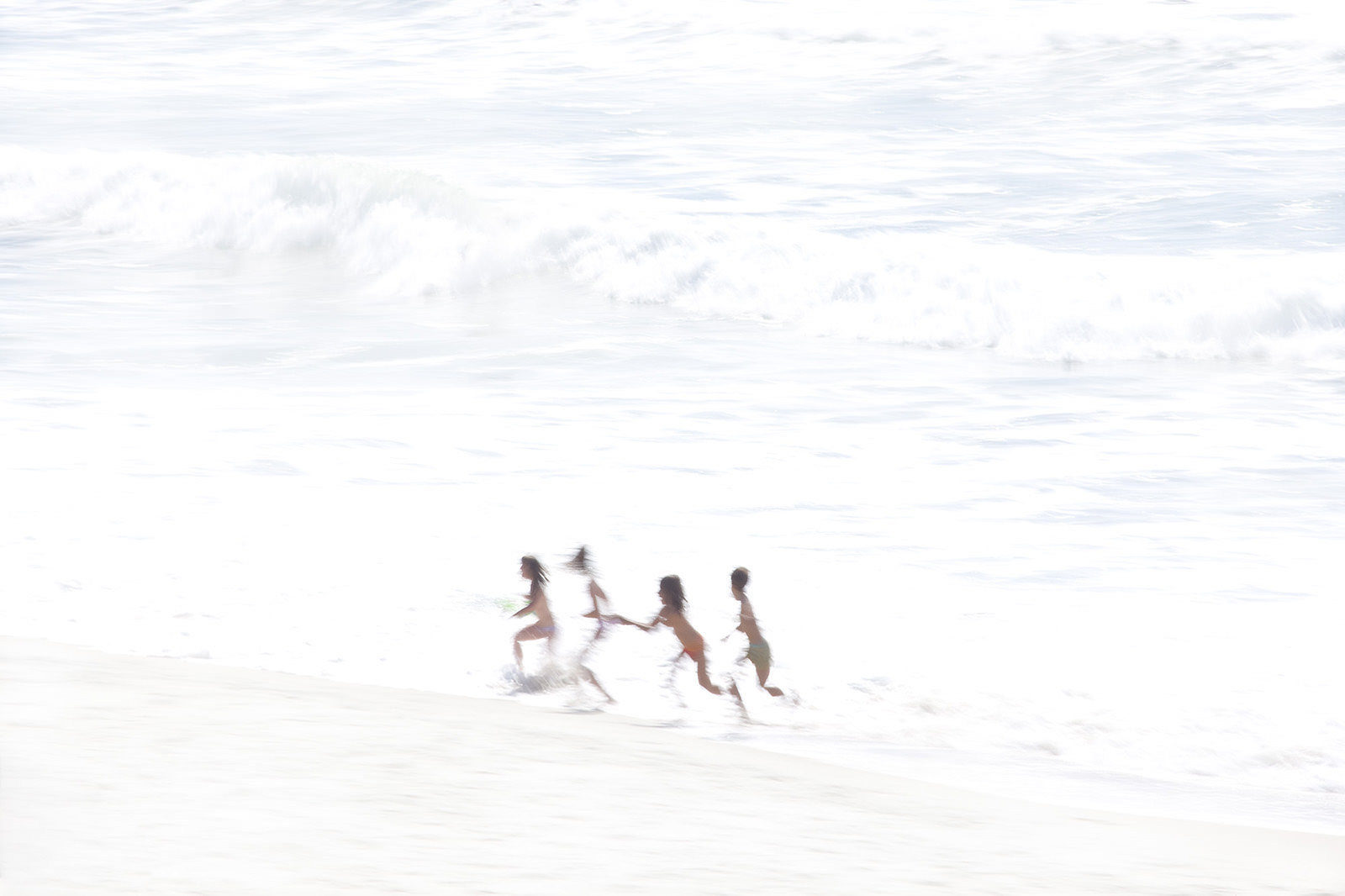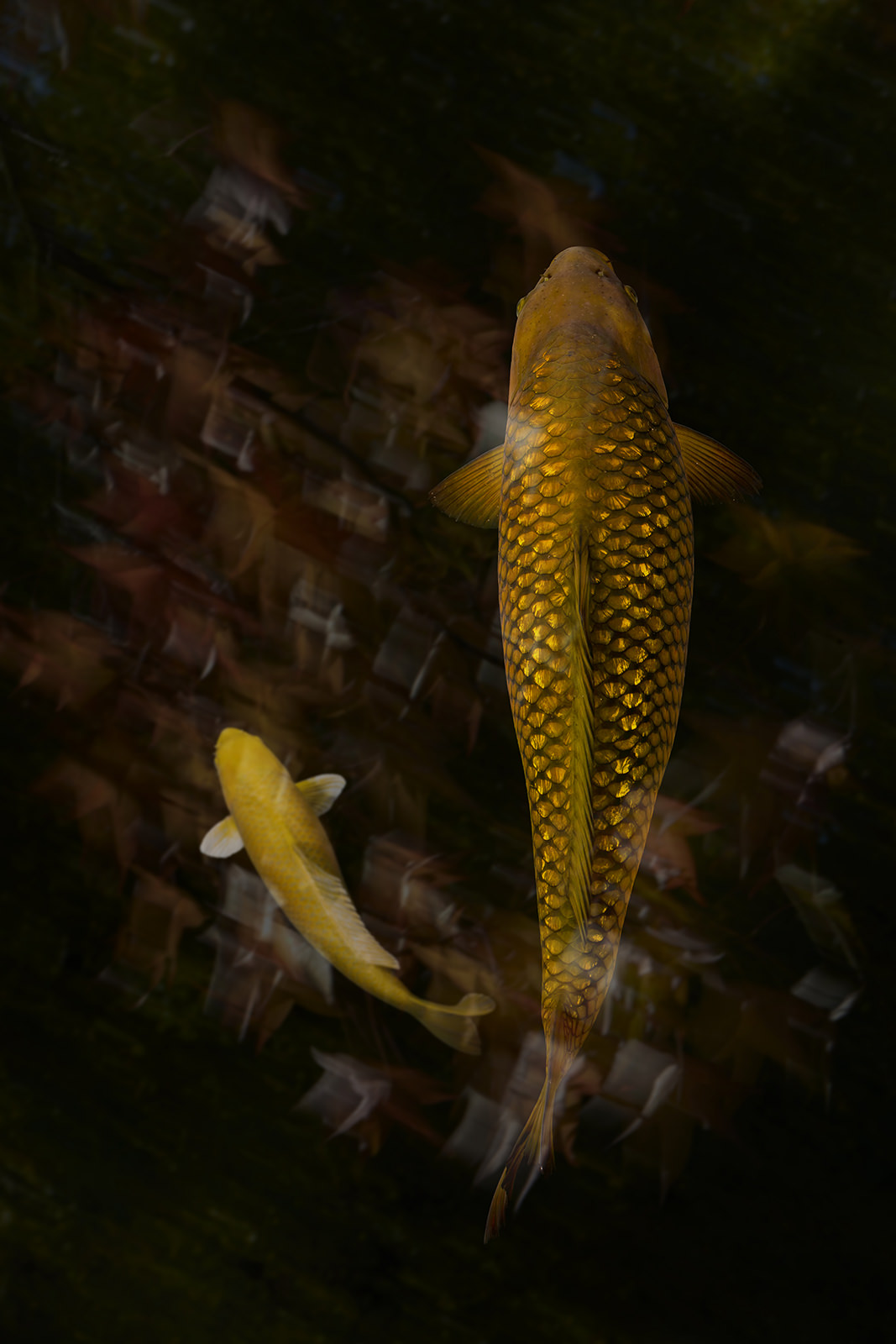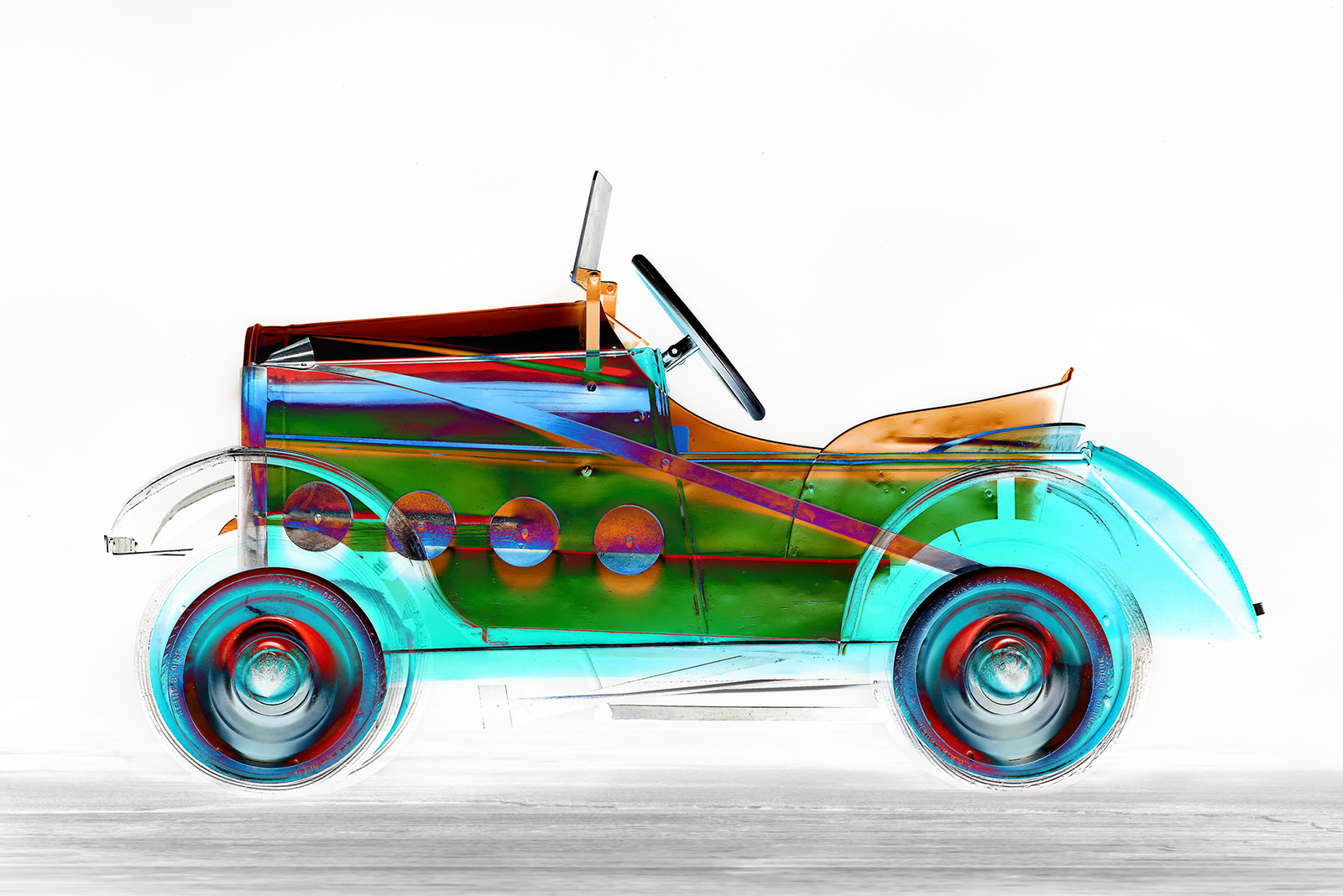
Finding the Light in a Dark, Digitized Future with Heiko Hellwig
German photographer Heiko Hellwig has a unique style that is hard to define. But, the artist, who has worked extensively in both analog and digital, likes it that way. He strives to break out of the box and create images that make an impact – whether that’s through the use of exaggerated light, emphasizing beauty in the simplistic, or creating work with strong socio-political messages.
I first came across Heiko’s work through his X-Ray Cars series, a project that literally strips down automotive technology to its bare bones. It’s not his only project with a technologically-driven focus. His recent series, Silicon Cities, uses computer motherboards, microchips and other electronic entrails to inspire people to think about the future of our digitized world.
In our interview, Heiko talks about his unique process and the impact he’s hoping to make through his work. We also discuss Heiko’s latest projects and how eliminating light can also have a beautiful and intense effect.
I was first introduced to your work when a friend sent me a link to your X-Ray Cars project; they’re very unique. How would you describe your photographic style?
There is no exact style. When you look through my whole portfolio, you see there’s a whole lot of different styles. It makes it a little bit difficult for me to be recognized by galleries or magazines because it’s not like what other people do, where they just focus on drone photography, or aerial photography or just do cars.
I do very different stuff. However, let’s say there’s a little bit of a technical influence. My father was a machine building engineer and I’m very much into different cameras. I don’t use a single camera system; I use several camera systems, from very small ones to analog. So, my style is hard to describe.
I use different technical equipment, studio lighting, natural lighting. It depends on the idea that I have; it can be very simple or very complicated. If you look at the koi pictures on my website, for example, that was a very difficult setting to get above those fish in a black basin pool and get it all black. That was more difficult than the car photography, for instance. And with these cars, I did the single pictures and they were not exciting enough for me. It didn’t show the technical aspect and the difference. So I put several overlays of them so it looks a little bit like the X-rays in an airport.
There’s a lot of use, sort of an overuse, of light in your images.
Yeah, this overexposure, I like it very much. Light bursts out of the picture and it hits you, in a way. Or the other way, I make it all black because it’s a similar intensity – the light and the black.
What’s the inspiration behind it? Do you have any other photographers or artists that you most admire or that have influenced your style?
Yes, of course. Not only photographers, there are also painters who were in the Bauhaus – Feininger and Schlemmer are two I admire very much. Both of them influenced me. Then, as far as photographers, Gorsky of course; not because he’s so famous, but because there is always a little politics and some social ideas behind his pictures. Very, very reduced but you can see it. I also love Mapplethorpe’s pictures. If you ask me next week, there might be another one!
Speaking of the the socio-political aspect, there are a lot of different messages in your work as well. Like the Silicon Cities series, for example. What impact are you trying to make through your images?
It’s kind of a picture of a dark future because everything is going to be digitalized. The series is influenced by an old film, Koyaanisqatsi. I saw this film and I wanted to do something in that direction. And now with modern techniques and digital cameras, it made it possible for me to do it.
I had that idea, but in analog it couldn’t be done. It’s so much work for every single picture. The purpose is to show and make people think about the digitalization of our world, and not to take it for the real world. The real world is something else. The real world might happen on beaches or in the woods, out in the nature.
You wrote on your website that to you the project represents two things: the bright utopian future of a fully-technologicalized world, and the core of our digitized society. What does that mean to you, the core of our digitized society?
The core is that people don’t reflect it. People and nature are not digital. It’s not just 1 and 0 and 1 and 0. We are creative, we are unique. Every person is a unique person. You can’t put them into a clone row. But many people don’t think about that, they just want to join that clone row and be like everyone else. They don’t want to be unique anymore. Perhaps I can trigger some thought in those people, get them thinking differently.
You’ve been doing photography for over 30 years, how did you get started?
I started, really, 50 years ago. My parents went to work in the States, so we moved to Detroit in 1968. I demanded my own camera then. I saw this whole new world with big cars and other people and I had to take pictures of it. My passion for photography kept growing. I bought bigger cameras, newer cameras and I started studying photography. Then I studied architecture in between, but came back to photography. So, I started 50 years ago, but I’ve been self-employed for 30 years.
You obviously started out shooting film. How did you find the transition into digital? Are you shooting more film now or more digital?
More digital, but I still do analog for some things. I love that I was educated on film because it made it easy for me to learn Photoshop. Photoshop is based on all those analog techniques. It’s more developed, but if you have worked in a darkroom with color photography, you can use Photoshop very easily, and you’ll understand those tools much better.
Do you have any habits to get started in your creative process?
To get started you need to be bored a little bit, a little slowed down. You can’t get creative if you’re too busy. You have to sit in the woods reading books or just be in a slower mindset to develop an idea. That’s how my best projects start. When I’m relaxed and at rest.
You do mostly studio work, but do you also shoot landscapes?
I call myself a still life photographer and I spend most of my time in studios, but I do landscape also. I don’t sell them though, or send them to agencies. I have a huge portfolio and if I put landscapes in it as well, people get confused. “Who is this guy? He does this and this and this.” So I cut the landscape out of it.
It’s hard to define your style, but do you find that people are able to recognize your work by a certain look, a certain aesthetic?
Hopefully they can. But I don’t know if they do, actually, because my latest projects are dark with black backgrounds and intense colors; the older ones are more those bright ones with bursting lights. But, as I told you, it’s very difficult to put me in that box. I always try to break out of that box.
There are artists and painters who are confined to one unique style, and if they do something else people won’t buy it. This guy is known for blue pictures, so he has to do blue pictures for the rest of his life. I don’t want to end up like that even if it earns money. It’s boring.
When you finish a project, what’s the first thing you do? Do you put it on Instagram, share it online first?
No, I try not to put the newest photos on Instagram. For the Silicon Cities images, the first thing I did was enter them into awards. If you win an award or get second place, you get the photo published. If you just share it on your social media, it might get lost in the crowd.
It’s better to gain some popularity with those awards first, or perhaps with a gallery, then put it on Instagram or your website. Sometimes, I’ll put them on my website earlier because if people visit it, they already know something about me. So, sometimes I put new things there.
I use photo contests as a vehicle to publish my work. But, it costs a lot of money, of course, if you’re submitting to all the contests; there are so many of them. You have to be aware, know which ones are worth entering.
Do you have a favorite quote or something you say to yourself to get you motivated?
I really like this Haiku Poem written by Matsuo Basho in Japan hundreds of years ago:
A flash of lightning:
Into the gloom
Goes the heron’s cry.
Do you have a favorite book that you would recommend?
Robert Mapplethorpe’s book, Flowers, showing all his beautiful flower pictures. Sometimes, I use this for contemplating and getting inspired by how easy and simple photography can be. And how beautiful nature is!
What are you working on now?
I’m working on flowers but I’m always working with flowers. Still life photographers, like Mapplethorpe, we love flowers. You can take them into a studio and look at them, see the sunlight passing over, you can meditate on them. This is an ongoing project with these flowers. It develops throughout the year, sometimes it’s black and white, sometimes it’s reduced, sometimes it’s totally overwhelming with 20 or 30 flowers in it.
Any shows coming up, exhibitions?
The next one is with the German LUMAS gallery. They’re publishing a new series of flowers. And photokina, a German trade fair, which runs from September 26th to 29th. I’m doing a speech on the Olympus Stage about photography and art.
Standing on the stage and talking for half an hour will be very hard for me. Still life photographers tend to be quiet, concentrated and keep to the studio, not open to talking in front of lots of people for half an hour!
If you’re heading to photokina in Cologne, Germany at the end of the month, be sure to meet the artist. You can also see more of Heiko’s work on his website and Instagram.

